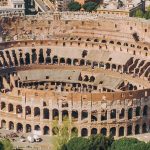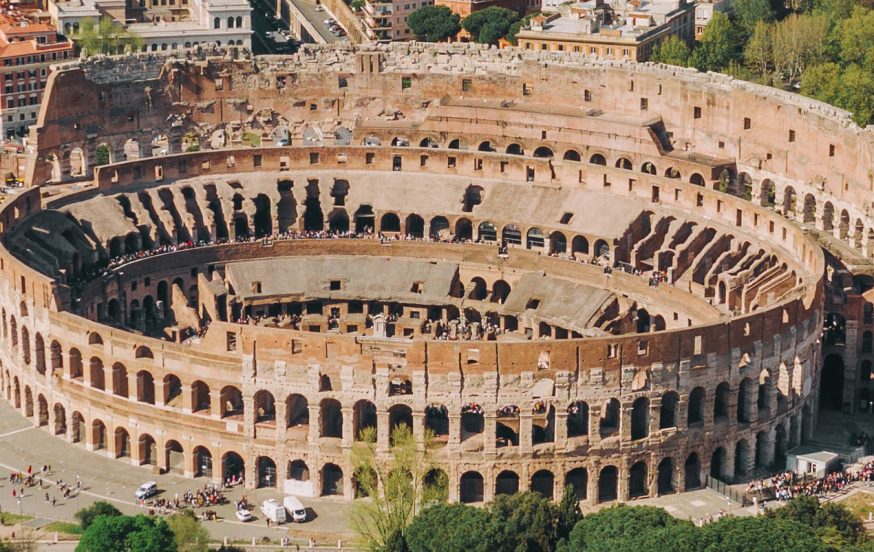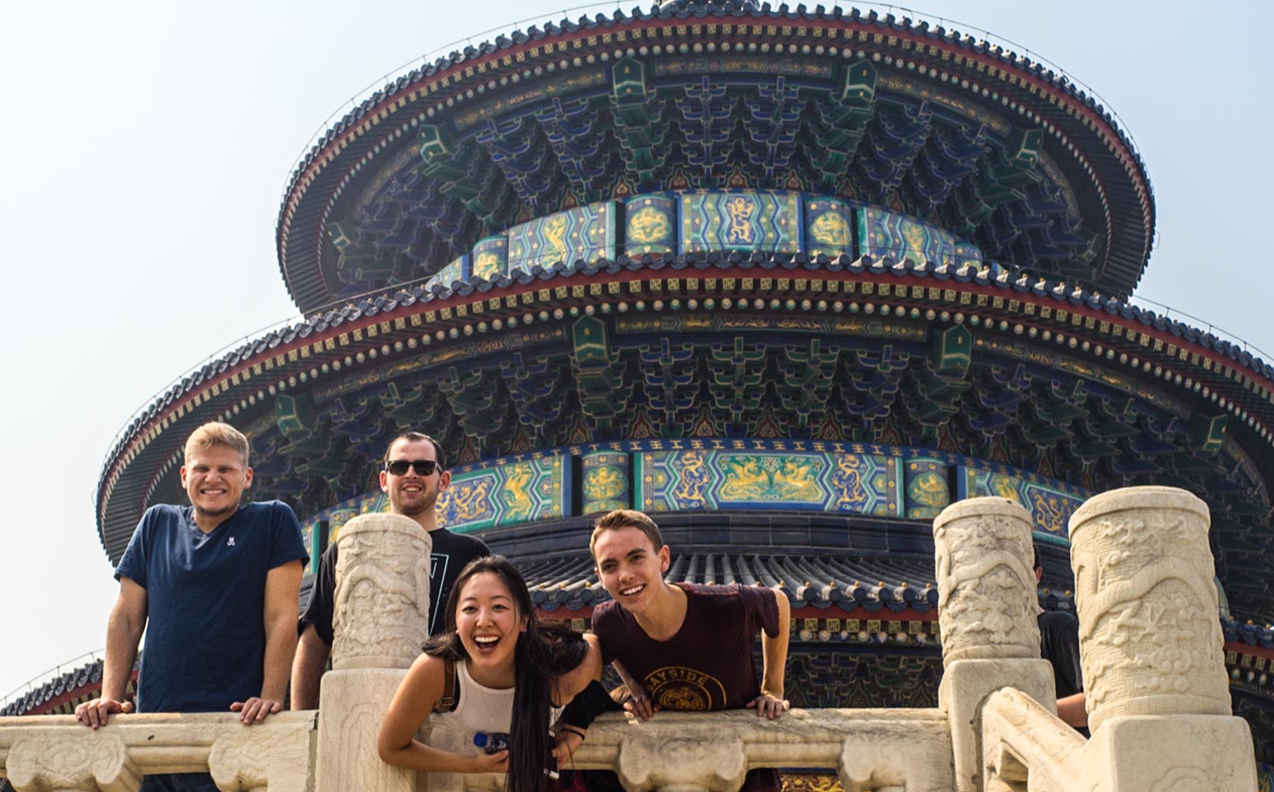All roads lead to Rome, right?
Rome, the ‘Eternal City’, brims with ancient history, from the Colosseum to the majestic Vatican City and Sistine Chapel. Because of its history, art, architecture, and beauty – and perhaps its gelato and pasta! – Rome is one of our most popular destinations for school groups.
Here are 13 interesting facts about Rome:
- Modern Rome has 280 fountains and more than 900 churches.
- Nearly 700,000 euros worth of coins are tossed into Rome’s Trevi Fountain each year. The proceeds are donated to Caritas to help those in need.
- The Romans had built a road network of 80,000 kilometres by the early fourth century. Along the side of these roads were milestones, small columns that marked the distance in miles, the unit of measurement adopted by the ancient Romans. This is where the saying ‘All roads lead to Rome’ was born.
- Vatican City is the smallest independent state in the world located right in the heart of Rome, the only existing city in the world where a country sits within it.
- St Peter’s Basilica inside Vatican City is the largest church ever constructed.
- In Ancient Rome, only free-born men were allowed to wear togas, a sign of Roman citizenship. Women wore stolas, the female version of togas, made from linen.
- The mascot of Rome is a she-wolf that cared for brothers Romulus and Remus, the mythological founders of Rome.
- Rome became the capital city of unified Italy in 1870, taking the title from Florence.
- Law in Rome allows cats to live without disruption in the place they were born. Wild cats can be seen climbing the walls of the Colosseum and sleeping among the ruins of the Forum.
- Women in ancient Rome dyed their hair with goat fat and beech wood ashes. The most popular colours were red and blonde.
- The first ever shopping mall was built in Rome between 107 and 110AD by Emperor Trajan. It sold a wide variety of goods and grocery items.
- Rome’s first university, La Sapienza, established in 1303 AD, is the largest in Europe and the second-largest in the world.
- Rome has a museum dedicated entirely to pasta.
Learn more about our educational programs in Italy, including Rome, Florence, Venice, and more!



